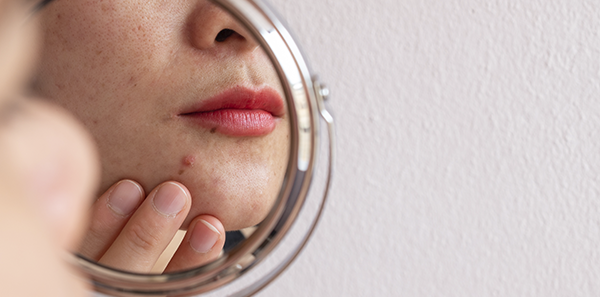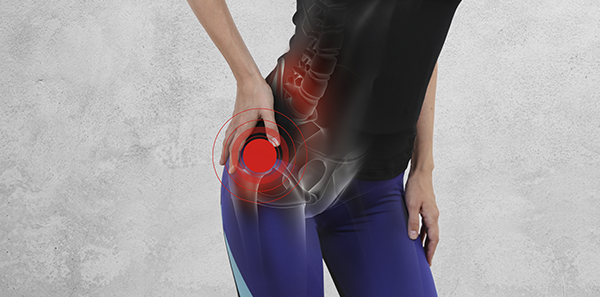
Acne is a chronic inflammatory skin disease caused by a disorder of the pilosebaceous unit, which consists of a hair follicle and its corresponding sebaceous gland (responsible for manufacturing your skin’s surface fat). This gland drains the fat outwards, through what is known as a pore.
With acne, skin lesions begin to appear gradually around puberty and with equal prevalence among males and females. They are characterised by being polymorphic, with the presence of comedones (commonly called pimples or blackheads), papules and pustules (otherwise known as spots) and cysts.
Acne is a disease that is widespread all over the world and mostly affects people between the ages of 12 and 24. The disease is more common in younger people (from birth to 11 years). Eighty per cent of adolescents suffer from this disease and from the age of 20 it is more frequent in women.
Causes and characteristics
Basically, 4 factors are involved:
- Epidermal hyperproliferation at follicular level. The pilosebaceous unit is blocked at the entrance to the follicle (gland located in the skin) by an excess of sebum caused by keratin, sebaceous material and bacteria. This produces an inflammation of the upper region of the follicle called comedo. The main cause is androgenic hormones (testosterone and derivatives).
- Excess sebum production. In subjects with acne there is increased secretion of triglycerides.
- Bacteria, specifically cutibacterium acnes, which are found in sebum and help the formation of acne.
- Inflammation due to expulsion of keratin, sebum and bacteria onto the dermis.
The cause of acne is known to be multifactorial and partially hereditary. In addition to the factors described, the role of hormonal activity is also significant, in particular androgens and progesterone.
Treatment
This will depend on the type and severity of the acne. The ideal treatment is one that acts globally on the pathogenesis of this disease (bacterial, sebaceous gland and inflammation). We can distinguish between topical and oral, and they will always be used under the supervision of a healthcare professional.
- Topical use. Some of the compounds available are topical retinoid, benzoyl peroxide and topical antibiotic.
- Oral use. Compounds such as retinoids (isotretinoin) and antibiotics (tetracycline, doxycycline, minocycline, etc.).












